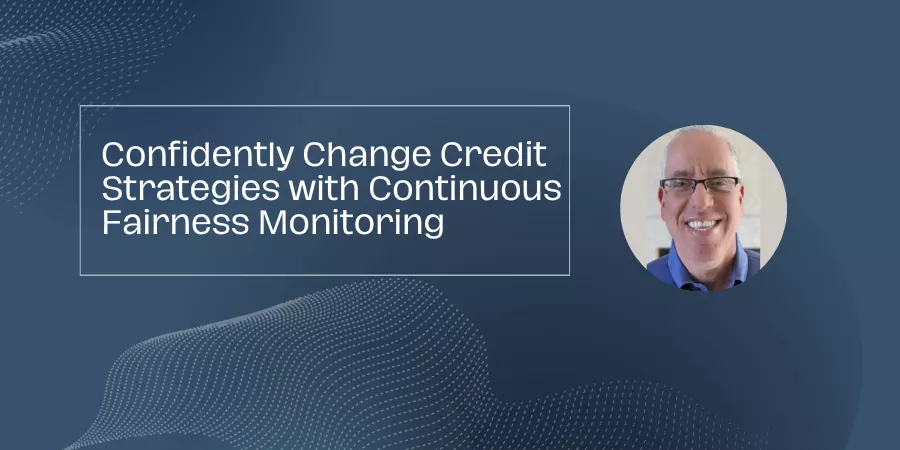It’s been a rough few years for lenders. The pandemic upended the global economy, and lenders were forced to quickly adapt to new challenges. For example, many lenders granted deferments and forbearances to borrowers, which means that their credit reports did not reflect the normal payment history during that time.
In addition, the expansion of certain credit building products has also contributed to inflating credit scores, impacting the model accuracy of the estimated odds of being a good/bad loan.
Now, lenders are facing a new set of challenges. Rising interest rates and inflation are straining the balance sheets of moderate-income households. In addition, the resumption of student loan payments in October is forcing lenders to grapple with the implications of increased payment obligations and the non-reporting of student loan delinquencies for the next 12 months.
It’s no surprise therefore, that we’re seeing an increase in delinquencies for unsecured credit and non-prime auto loans originated in 2021 and 2022.
To adapt to these myriad challenges, lenders are having to adjust their credit strategies more frequently than usual. Lenders are tightening approval criteria, adding credit overlays, and using new data sources – and the signs point to a need to continue this approach.
Faced with this wide-range of exogenous impacts and changes to their credit boxes, it is more important than ever for lenders to step up monitoring of their underwriting and pricing decisions for disparate impact.
FairPlay provides the capability to dramatically increase the frequency of your monitoring and gain deep understanding of how changes in your underwriting may cause unintended consequences, including disparities.
The traditional once-a-year retrospective fair lending assessment is no longer an option. You can easily miss a large group of impacted customers, especially given all the changes that have occurred over the last few years. It’s time for continuous fairness monitoring, where disparities for impacted groups can be identified and remediated quickly and firms can make truthful claims that they are fair to everyone.
Don’t wait another year. Get started with continuous fairness monitoring today.





